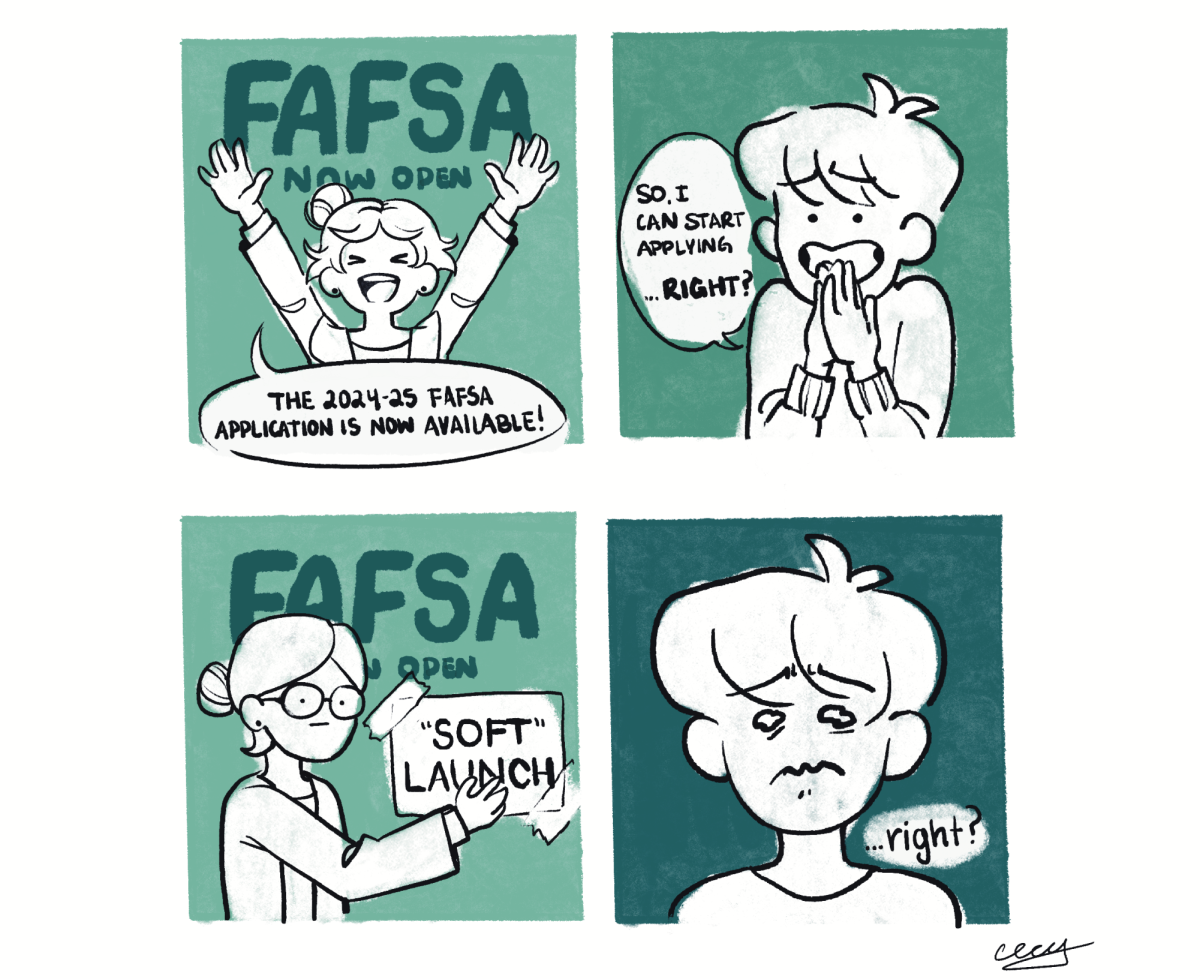The redesigned 2024-25 Free Application for Federal Student Aid comes with many different changes meant to make the form simpler and shorter — but students and parents across the U.S. have had to deal with major delays, glitches and confusing questions.
The University of Utah has been affected by this new FAFSA rollout, according to Executive Director of Financial Aid and Scholarships Anthony Jones.
“I welcome a simpler form, but the delays are confusing and challenging at a minimum, and we’re concerned with the disruptions in the operations of the FAFSA and the further delays in the delivery of complete and accurate FAFSA results,” Jones said.
A lot of these changes to simplify the FAFSA application have been in the works for many years. In 2020, the Consolidated Appropriations Act was passed, along with bills from 2019 and 2021, to better streamline the application process and overhaul many systems — a handful of which haven’t been updated in nearly 50 years.
The Specific Changes and Challenges
The FAFSA application usually opens on Oct. 1, Jones said, but the 2024-25 form was delayed several times and didn’t open until Dec. 30. Even then, it was under what the U.S. Department of Education called a “soft launch,” and opened only for brief periods each day, sometimes with long waits in virtual waiting rooms.
“Anecdotally, we heard of people waiting hours only to be dropped out of the waiting room, having disruptions and the inability to submit part-way through the FAFSA, or messages that the FAFSA couldn’t be submitted,” Jones said.
Jones added it wasn’t until Jan. 11 that the financial aid office began to receive reports that the FAFSA portal was open 24/7 with fewer reports of long waiting room times.
“The delayed opening from Oct. 1 to Dec. 31, then with limited access and disruption of service creates challenges even for seasoned applicants,” Jones said. “An added concern is for first-time students and students who don’t have knowledge or experience with submitting a FAFSA previously.”
Another issue with FAFSA is its failure to adjust its formula for inflation. NPR reported this could potentially affect financial aid accuracy as it does not account for rising expenses and income disparities.
On Tuesday, a department spokesperson confirmed to NPR that the department will fix this mistake in time for the 2024-25 award year. The spokesperson was not able to provide details on how or how quickly the fix would be made.
“For the first time, the department also gave a sense of just how much federal student aid is at stake: $1.8 billion,” the NPR article read.
Jones explained another change was the replacement of the IRS Data Retrieval Tool with direct import of the IRS Federal Tax Information.
“[While that] may well streamline the process and increase accuracy of related data, the fact that each individual must provide consent or the FAFSA is invalid makes it confusing for families and challenging for financial aid administrators on what options are available for resolution of such situations,” Jones said.
Jones said it’s also been a challenge for those without a Social Security Number to navigate the application.
The formulas have also been changed in a way that Jones said: “indicate an overall expansion of eligibility for the Federal Pell Grant.” But, they’re still waiting to see the results of some of the processed FAFSAs to determine the impact on U students.
“And that’s another challenge — we typically get FAFSA results starting in October, but the U.S. Department of Education has said they won’t deliver them this year until late January or early February,” Jones said.
U Students’ Challenges and Advice for FAFSA Applicants
Jones said the University Office of Scholarships & Financial Aid has received phone calls from students who have experienced challenges accessing the FAFSA or reporting some of the confusing terms or encounters they had.
“A small number have reported everything submitted and went smoothly, but they were also wondering if that was ‘too good to be true,’” Jones said. “The challenging and frustrating part is we can’t see the FAFSA results yet so we’re not able to confirm yet whether the FAFSA was processed.”
Jones warned U students that there will be delays in being able to make financial aid offers to students, but assured them they’re monitoring that closely.
“We encourage students and families to complete the [2024-25] FAFSA as soon as possible,” Jones said.
Students can find more specific advice by going to the University Office of Scholarships & Financial Aid website. UOSFA plans to routinely update the website with information, including short videos and webinars that provide helpful information.
The website further explains that UOSFA will “prioritize FAFSAs processed by February 1, but will monitor FAFSAs processed after February 1 in date order until funding is exhausted.”
Jones said another important aspect will be for “students to monitor their Financial Aid tile in CIS for any follow-up information needed to complete their financial aid file so UOSFA can determine eligibility and provide comprehensive financial aid offers.”
If you’re a U student and have had difficulties applying for the 2024-25 FAFSA, the Daily Utah Chronicle wants to hear from you. Please provide your contact information on this Google Form or reach out directly to [email protected].




